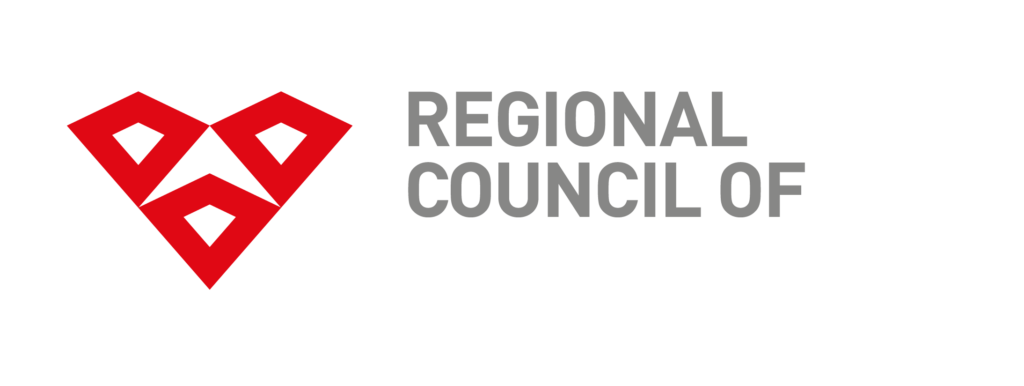Regional Council of South Karelia has connections with various stakeholders. Most important level of stakeholders are the national and municipal level decision-makers. The Regional Council of South Karelia acts as an intermediary in between these two political levels.
The regional planning is an open and transparent process. It includes participation of different regional actors and decision makers. Regional Council implements a continuous and interactive strategic decision process which enables immediate functioning and – if necessary – reassessment of strategies. This is important, because the measures of the strategies include efficient cooperation with different regional actors and decision makers as well as with other national, regional and local authorities.
The most important stakeholders are South Karelian municipalities: cities of Lappeenranta and Imatra and smaller communities Parikkala, Ruokolahti and (in Finnish)Rautjärvi, Taipalsaari, Savitaipale, Luumäki and Lemi.
The other important cooperation partner is the Centre for Economic Development, Transport and the Environment (The ELY Centre of South East Finland) which is responsible for the regional implementation and development tasks of the central government.
STAKEHOLDERS ON LOCAL AND NATIONAL LEVEL
Regional Council of South Karelia holds many stakeholder groups also on national political level. Members of the European Parliament and Members of the Parliament, in particular those who have a chair in the Board of the Regional Council, are important messengers to the national government level. South Karelia’s location on the Eastern border, right next to Russia, gives our MPs a special view of relations and cooperation with Russians.
Other stakeholders are such as educational organizations (Lappeenranta University of Technology and Saimaa University of Applied Sciences), Chamber of Commerce, business and economy, representatives of cultural life, environment officials and other environmental interest groups, welfare and health organizations such as Eksote.
Regional Councils also coordinates the regional transport system; therefore all of the transport authorities are in close cooperation with the Council.
AT THE BORDER OF THE EUROPEAN UNION AND RUSSIA
South Karelia lies next to the Russian border in South-East Finland. The region is in historical sense a border zone whose history is marked by conflicting national interests and wars. The existence of the border has greatly afforded possibilities of economic growth and shaped the structure of the border region’s economy. New cultural and economic influences have always affected the areas along the border.
At present the connections are most frequent towards the St Petersbug area and Karelian Isthmus. European Union has provided some tools for this co-operation. Today many persons from St Petersburg come to visit, study or work in South Karelia.
Participations in the International Organisations: Association of European Border Regions (AEBR)
